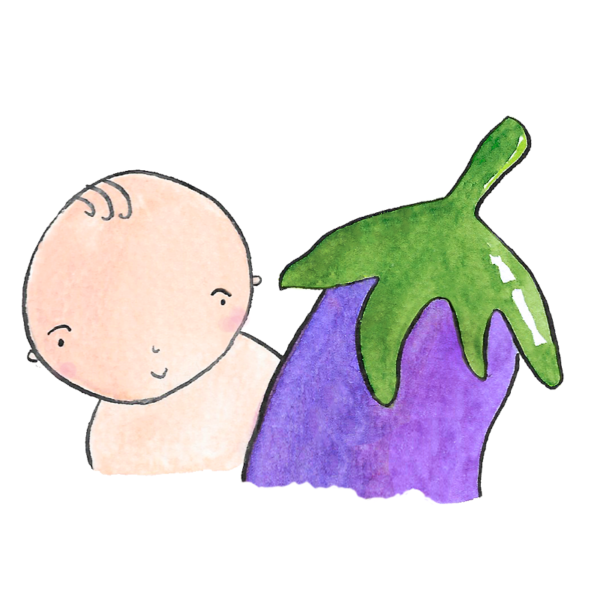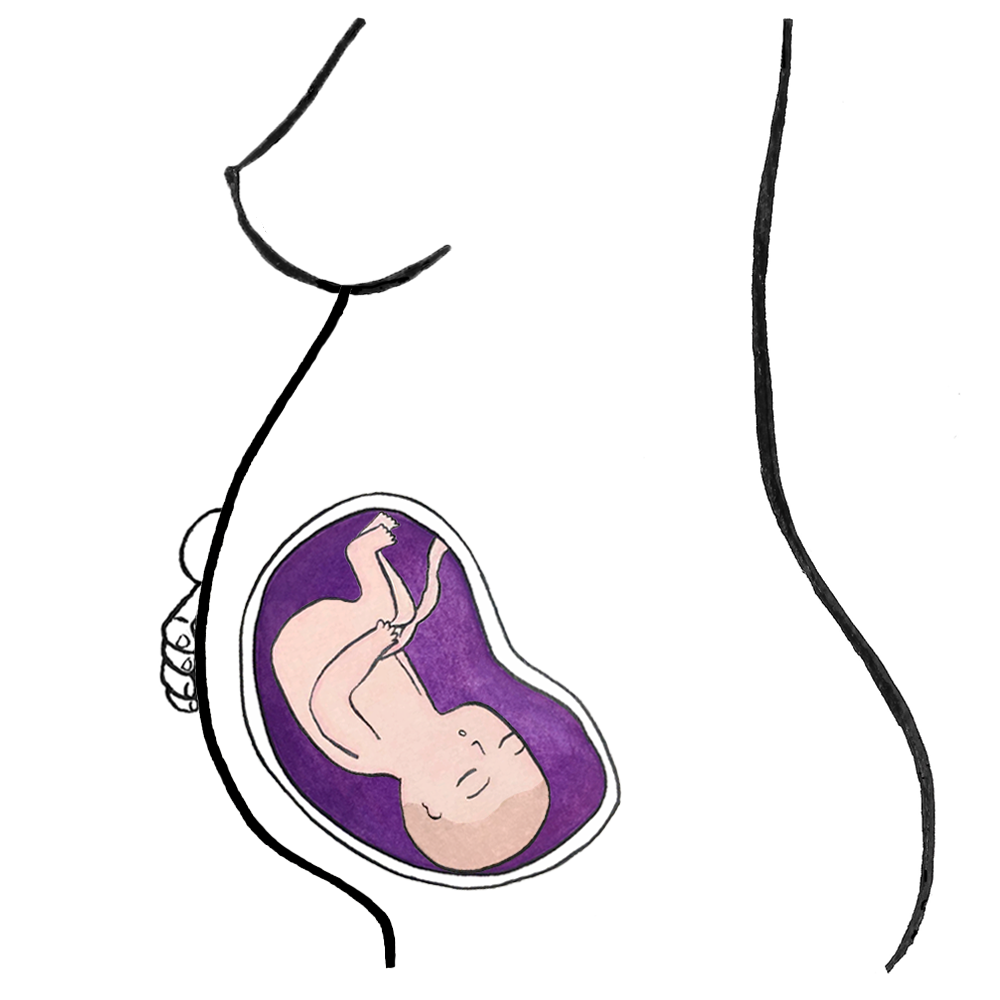28 weeks pregnant
Weekly update

Congratulations! You’re entering the third trimester! By now, Your Child can regulate body temperature and is starting to breathe, two signs that show that the little one is ready to live outside the womb.
You will go through more pain first before you can hold little Your Child in your arms!
Your Child’s development
Your baby keeps putting on weight, as more and more fat appears under the skin — and enjoys REM and non-REM sleep cycles just like you do. Your Child now weighs about 1.15kg and measures about 37 cm in height — the size of an eggplant.
Sneak peek: Your Child’s eyelids are partially open, which means that the retina — the innermost, light-sensitive layer of the eye — has now developed. Tiny eyelashes have now formed.
The lungs can breathe: The lungs and their circulation system are now more mature. That means that Your Child’s lungs now have sufficient alveolar sacs and surfactants to allow for an adequate exchange of gas. The sacs are responsible for the exchange of oxygen with carbon dioxide, while the surfactants, a film-like component that stays on the wall of the air sacs, help inflate the sacs. Since there are now enough of both, it means that children born prematurely in week 28 can survive with intensive care.
Nervous system: The central nervous system can now direct rhythmic breathing movements and control Your Child’s body temperature. The ability to control body temperature is a major milestone for Your Child, as it implies that the little one will soon be able to live outside your warm body.

Your development
Unfortunately, symptoms, like heartburn and indigestion, won’t get any better. And due to hormonal changes, you might also experience nosebleeds.
Hyperglycemia: If you have increased thirst, headaches, trouble concentrating, or experience vision problems, you may have hyperglycemia, which is the medical term for high blood sugar (diabetes). As it affects up to 10% of pregnant women, doctors usually perform a glucose tolerance test (GTT) during weeks 26-28 to know if you have gestational diabetes. If you have rhesus-negative blood, your doctor may give you a Rhogam shot around this period as well.
What you can do now
Food, toys, or other objects can get stuck in a child’s throat and block the airway. In such emergency situations, it would be crucial to act immediately. It is, therefore, important that you know how to practice cardiopulmonary resuscitation (CPR) and other first aid procedures.
Infant CPR: CPR is an emergency lifesaving procedure performed when the heart stops beating. The technique combines chest compressions and rescue breaths. Infants are more delicate and their physiology, musculature, and bone density are different from an adult’s. Therefore the process of CPR is performed differently.
You may consider taking a CPR and first aid class now with a refresher once every year or two so that you feel more confident in case you ever need to perform it.
Verified:
Dr. Wanwadee Sapmee Panyakat (OB-GYN), license no. 41208 (20 October 2021)



